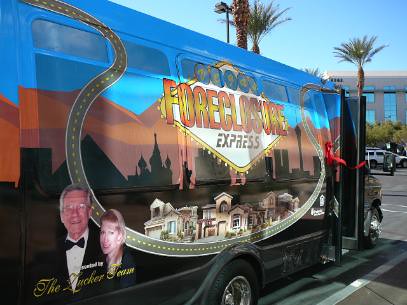http://www.webook.com/
We've already written about both magazine and book publishers for the content-producing masses, but now a wiki-like site aims to leverage the wisdom of the crowds to create, rate and elevate into publication the best community-sourced content.
Founded last year, Maryland-based WEbook.com is a free online publishing platform that allows writers, editors, reviewers, illustrators and others to join forces to create great works of fiction and non-fiction, thrillers and essays, short stories, children's books and more. Using a proprietary platform designed specifically for group authoring, users of the site can launch a new book or add a sentence, review or grammatical correction to a work already in progress—virtually anything they're inspired to do toward the creation of a new book. New works can be made private or public, or shared with a group of the user's choice. WEbook keeps all of a user's projects, submissions, reviews, groups and friends collected and updated on their personal WEbook profile and homepage, and a live feed sends an update whenever a project has a new submission or a contribution gets new feedback. Live forum and research tools, meanwhile, are available to foster interaction with other writers, contributors and readers.
Once a book's authors deem their work ready for public opinion, they can submit it for a voting cycle to determine if it's worthy of publishing. Users across the site cast their votes, and the WEbook team chooses from among those with the most support which will be published under the WEbook imprint as books, eBooks and audiobooks. (WEbook may first employ a copy editor, typesetter and other professional to ensure the final product is top-quality.) Publication costs nothing for authors and major contributors, but they receive 50 percent of all profits generated from the sale of WEbook titles, which get distributed at WEbook.com, Amazon.com and select booksellers.
WEbook published its first book—a thriller titled Pandora—in February, with plans to publish another 3 to 5 books this year, including Xanthippe, a literary tale about Socrates’ wife; a children’s book titled Ten Things You Absolutely Should Not do with a Baby; and a range of anthologies on provocative topics. Beginning July 4, the WEbook community will begin selecting the lead candidates for the next publication cycle.
In the traditional publishing industry, the odds of an unknown talent securing a publishing deal are 15,000 to 1, WEbook says. With its wiki-like platform, on the other hand, the site hopes to do for books what American Idol did for music and what Wikipedia did for information. While some types of writing are likely better off with a single voice (fiction, for example—see A Million Penguins for more on that), others will benefit from a chorus of insights and opinions. One to watch and learn from!
How Come That Idiot's Rich and I'm Not?
Dressing Your Baby Like A Star
Money From 'Ex-cessories'
Still Think Hamburgers Are A Boring Business?










